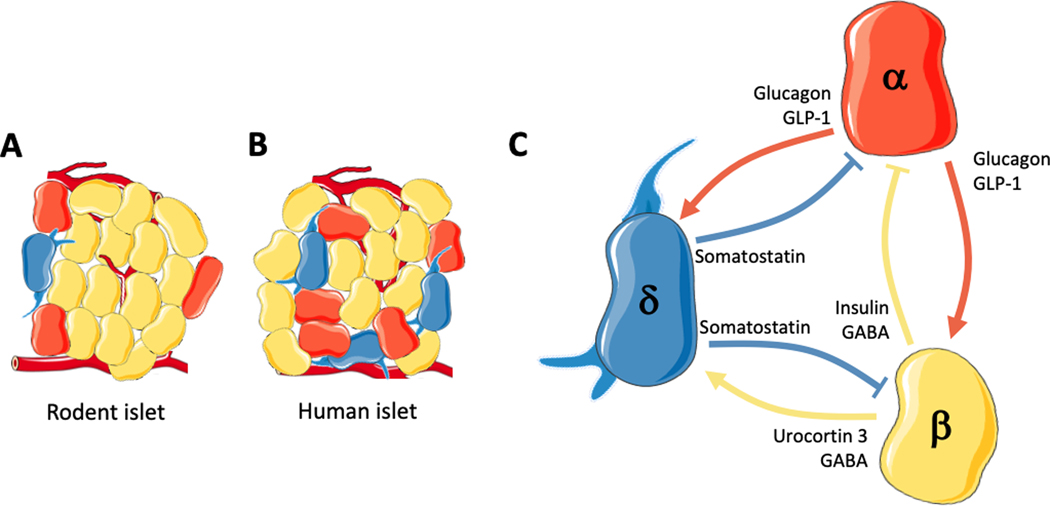Figure 1. The islet paracrine signaling network.
The three primary islet endocrine cells, alpha (red), beta (yellow), and delta (blue) regulate the function and survival of nearby cells within the islet. A) Rodent and B) human islet cells are densely packed and surrounded by blood vessels to facilitate a paracrine signaling network mediated by proximity, cell contact via gap junctions, and local blood flow. C) Primarily, in response to high glucose alpha cells secrete glucagon to combat systemic hypoglycemia, as well as initiate a negative feedback loop through stimulation of somatostatin release from delta cells. Additionally, during high glucose small glucagon paracrine effects have been observed to stimulate insulin release. Alpha cells also secrete GLP-1 under some conditions, which stimulates insulin and somatostatin secretion from beta and delta cells, respectively. During hyperglycemia, somatostatin and insulin negatively feedback on alpha cells to decrease glucagon secretion. Beta cells also secrete Urocortin 3 to stimulate somatostatin secretion from delta cells, which negatively feeds back on beta cells and GABA that stimulates somatostatin secretion while inhibiting glucagon secretion. GABA and GLP-1 promote beta cell proliferation and survival, while somatostatin inhibits beta cell proliferation.

